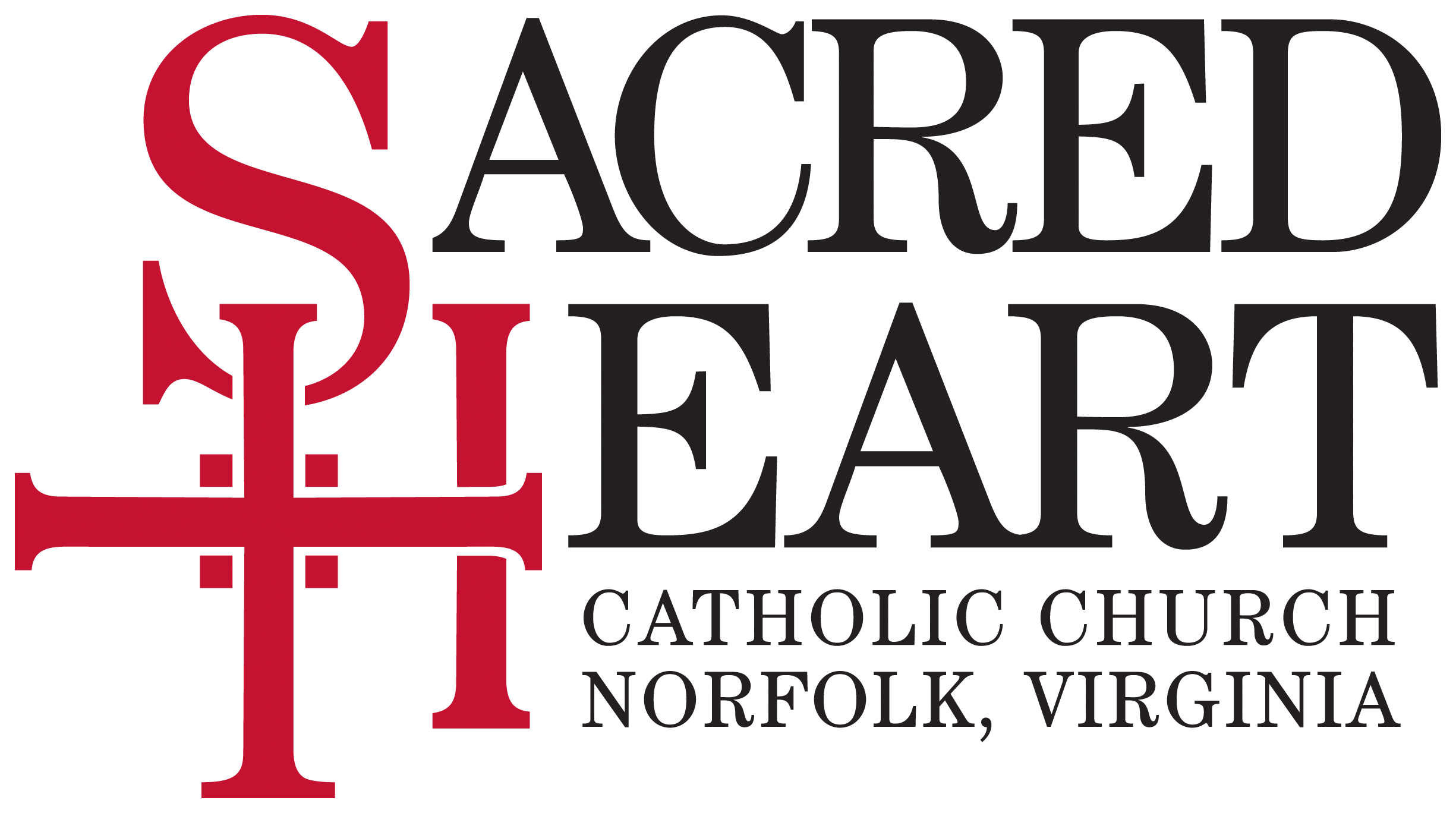Prelude: Le Banquet Celeste
The Celestial Banquet]was written in 1928 while Messiaen was still a student at the Paris Conservatory. The music has gone through a number of revisions. Messiaen wanted the piece to be played very slowly. Here is Messiaen playing on the organ at La Trinite in Paris https://youtu.be/FTyvgKdlIZc The first edition directs the pedal line to be played like “drops of blood”. Later changed to “drops of water”. In addition, the metronome mark is 1 eighth note = 42, which is very, very slow. Here is what John Gillock says about the composition: “Messiaen’s first published work, Le Banquet céleste, began life as the slow, second theme of an orchestral work, Le Banquet Eucharistique, begun around 1926-27, which was never finished. Thus, his first organ work is really a transcription. Written when he was around eighteen years old, we can already hear in it certain unmistakable elements of his very personal musical style: modes other than major and minor (his “Modes of Limited Transpositions”) as the basis for harmony and melody, slow, sustained, expressive writing evoking the celestial and mystical (only 25 measures requiring 7-8 minutes to perform). Looking back over his career, we can easily see that this kind of spiritual “sweetness” played an important part in his total output. It is, of course, a piece about the Holy Eucharist or Communion; and, it is especially appropriate to play it on the day of the Feast of the Holy Sacrament or Corpus Christi, eleven days after Pentecost. It is a piece with two themes: the first, slow, sustained, far away, mysterious, representing most of all the love God has for us by sacrificing his Son; the second, a melody played by the feet like “drops of water”, representing Christ’s blood “that was shed for us for the remission of sins”. Over this second theme, the first theme is developed in an orchestral crescendo and diminuendo.”
Marian Antiphon: Regina Caeli.
Hermann of Reichenau (July 18, 1013 – September 24, 1054), also called Hermannus Contractus or Hermannus Augiensis or Herman the Cripple did not write this Antiphon. But he wrote the other 3: Alma Redemptoris Mater, Salve Regina, and some think also Ave Regina Caelorum although there is some question about that. Here is one traditional explanation of how the Regina Caeli was ‘composed’: “There is a venerable tradition connected with this joyous anthem. It is related that a fearful pestilence raged in Rome, during one of the Easters of the pontificate of St. Gregory the Great. In order to propitiate the anger of God, the holy Pope prescribed a public procession of both people and clergy, in which was to be carried the portrait of our blessed Lady painted by St. Luke. The procession was advancing in the direction of St. Peter’s; and as the holy picture, followed by the Pontiff, was carried along, the atmosphere became pure and free from pestilence. Having reached the bridge which joins the city with the Vatican, a choir of angels was heard singing above the picture, and saying: ‘Rejoice, O Queen of heaven, alleluia! for he whom thou didst deserve to bear, alleluia! hath risen, as he said, alleluia!’ As soon as the heavenly music ceased, the saintly Pontiff took courage, and added these words to those of the angels: ‘Pray to God for us, alleluia!’ Thus was composed the Paschal anthem to our Lady. Raising his eyes to heaven, Gregory saw the destroying angel standing on the top of the Mole of Hadrian, and sheathing his sword. In memory of this apparition the Mole was called the Castle of Sant’ Angelo, and on the dome was placed an immense statue representing an angel holding his sword in the scabbard.”
